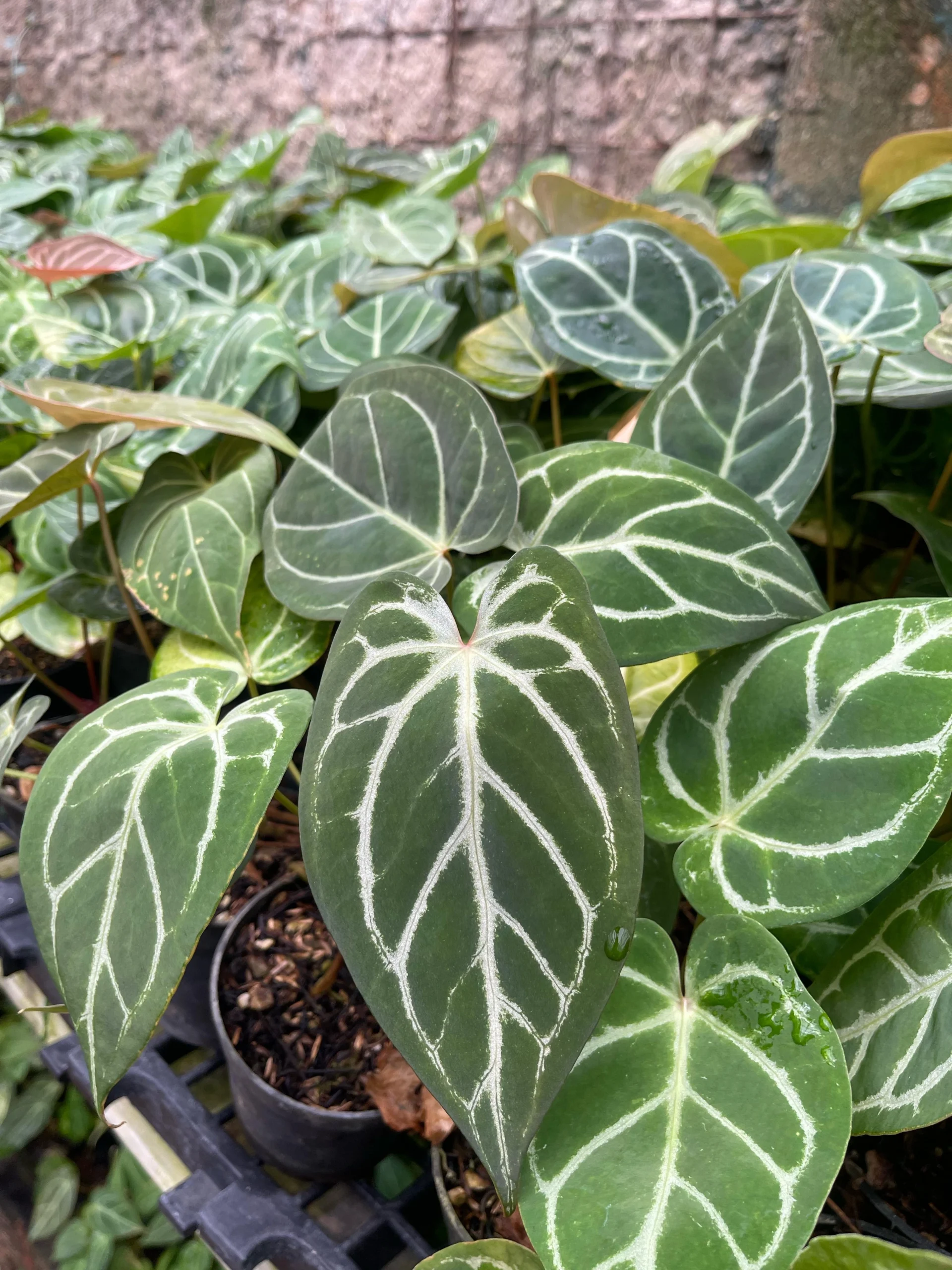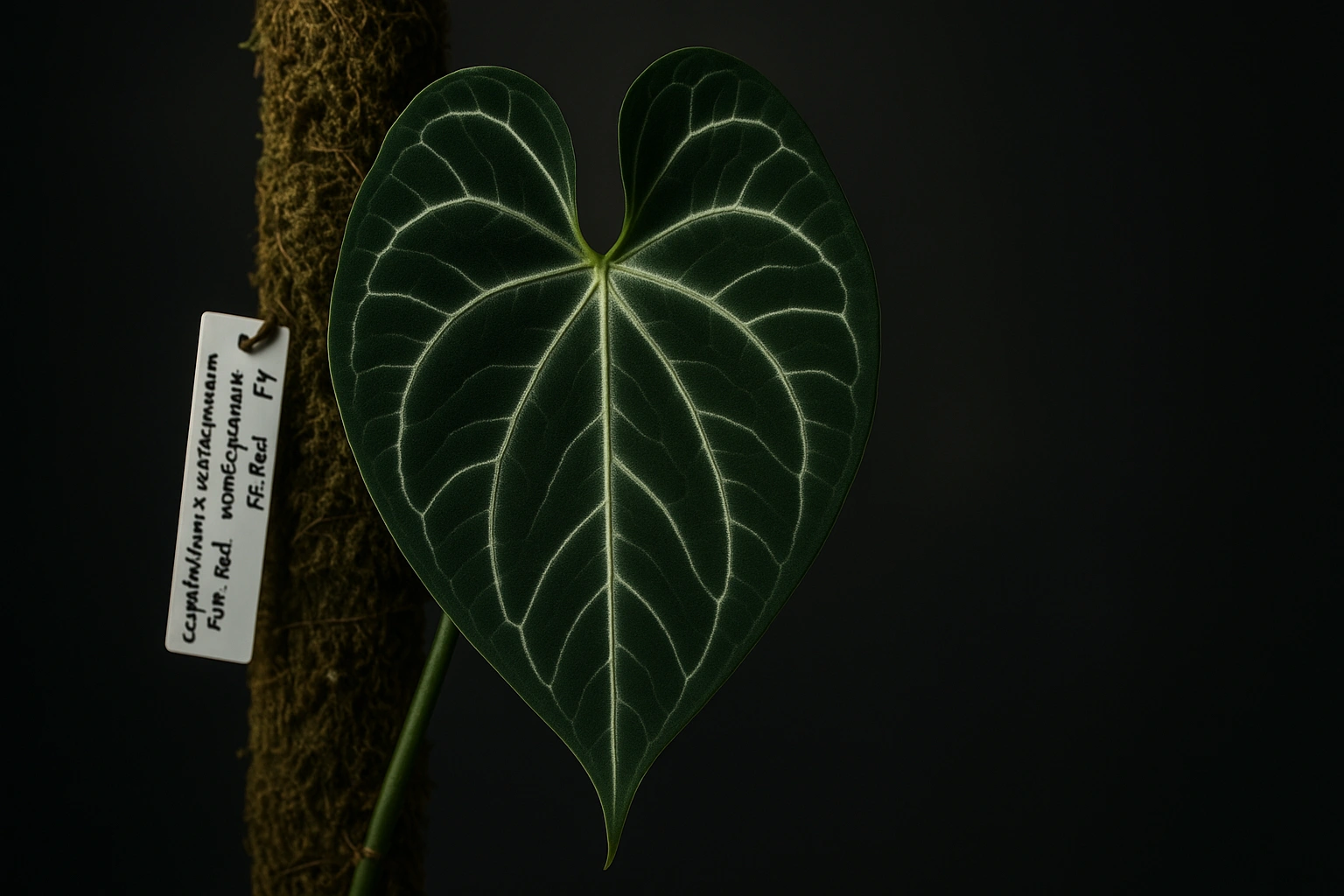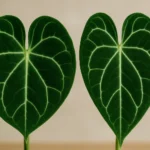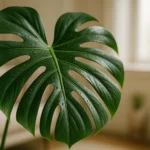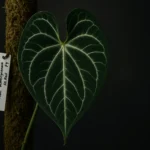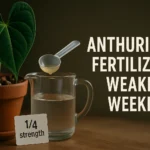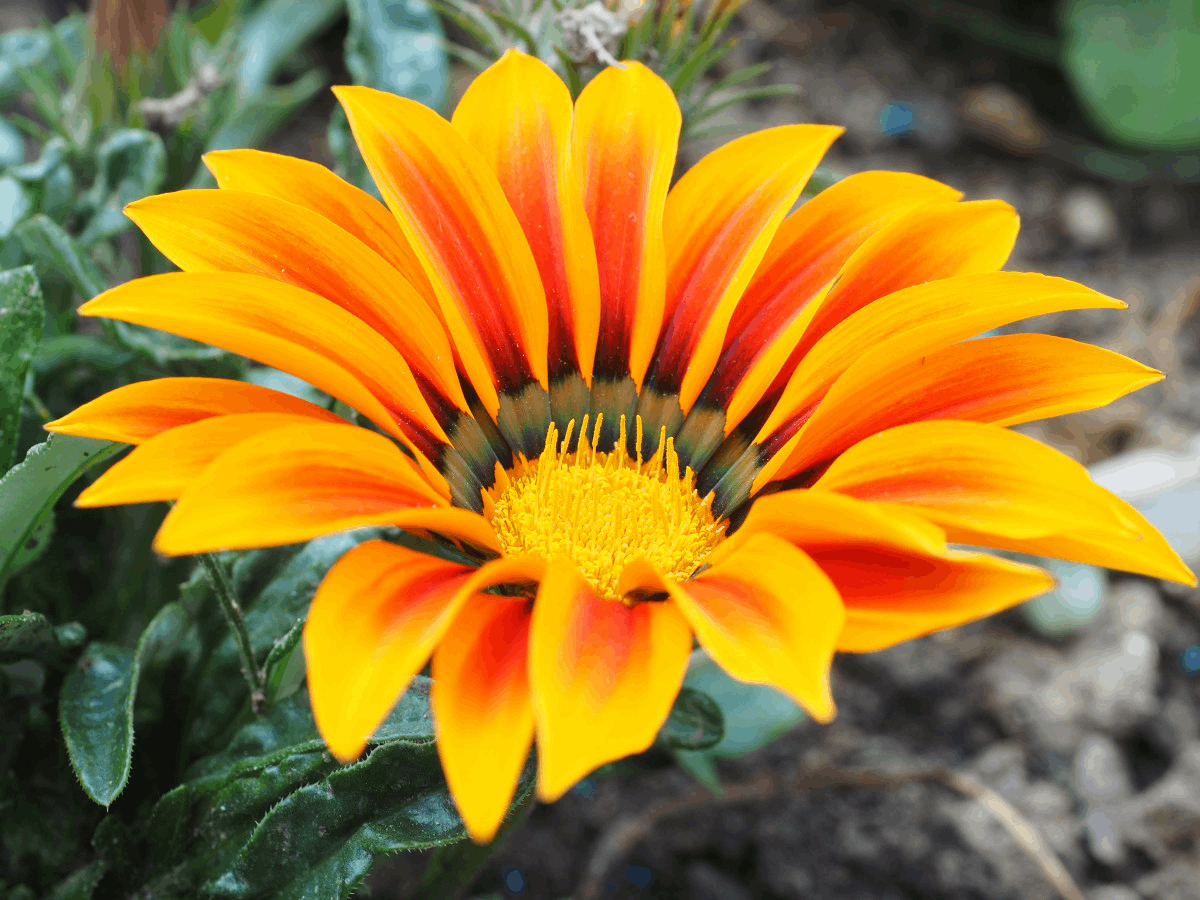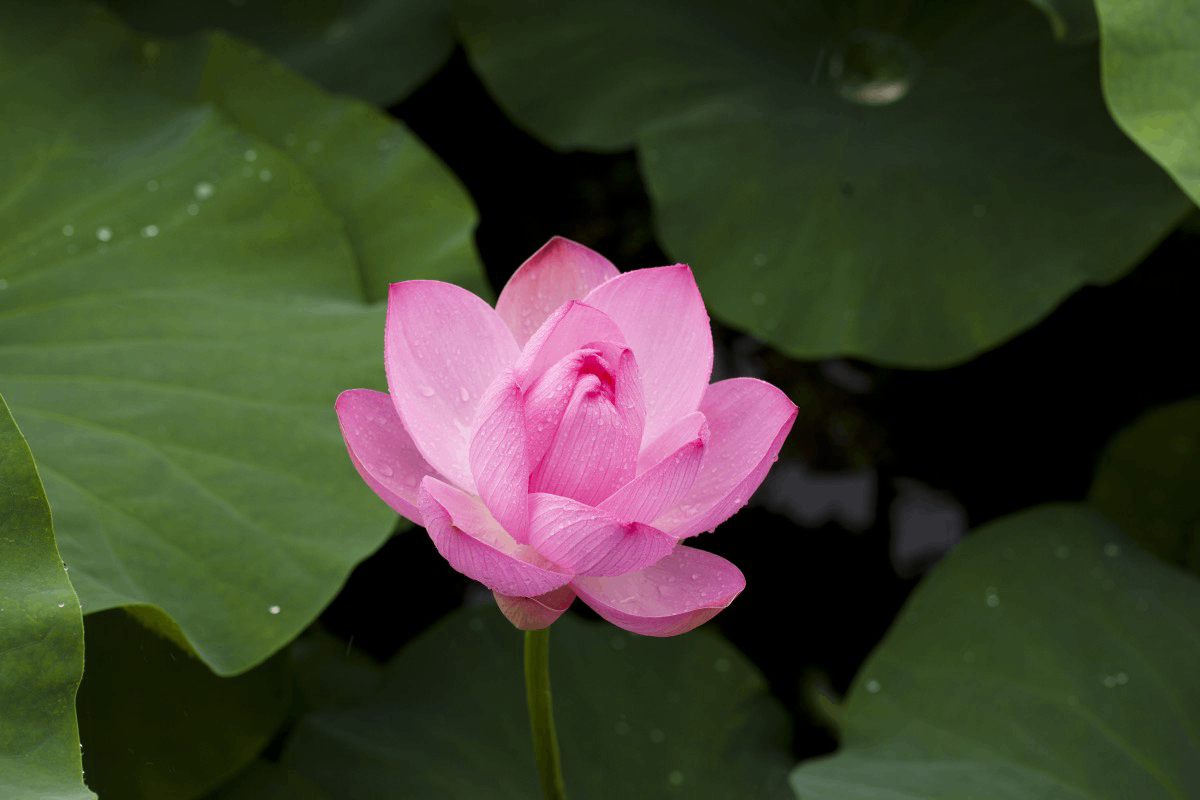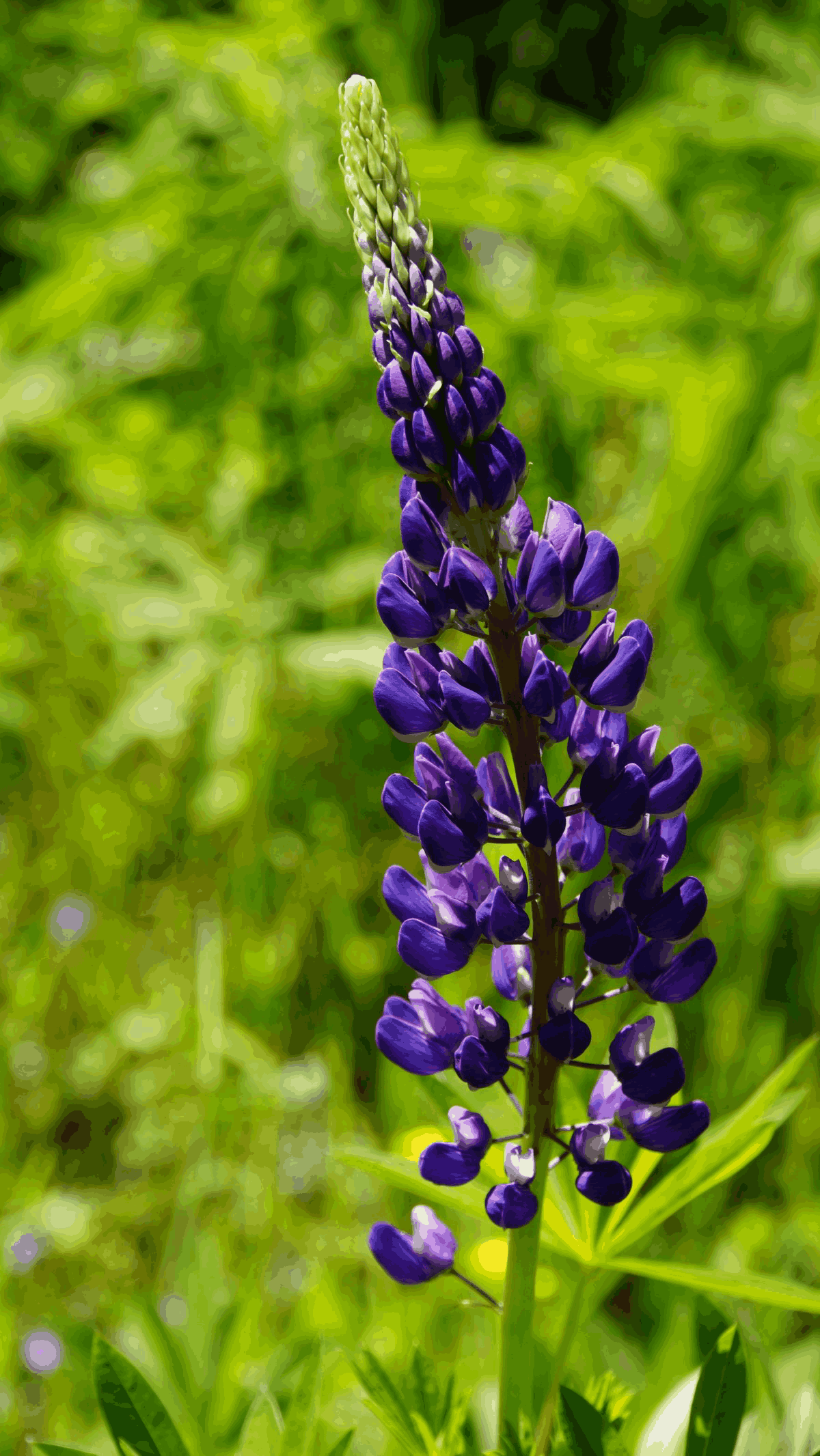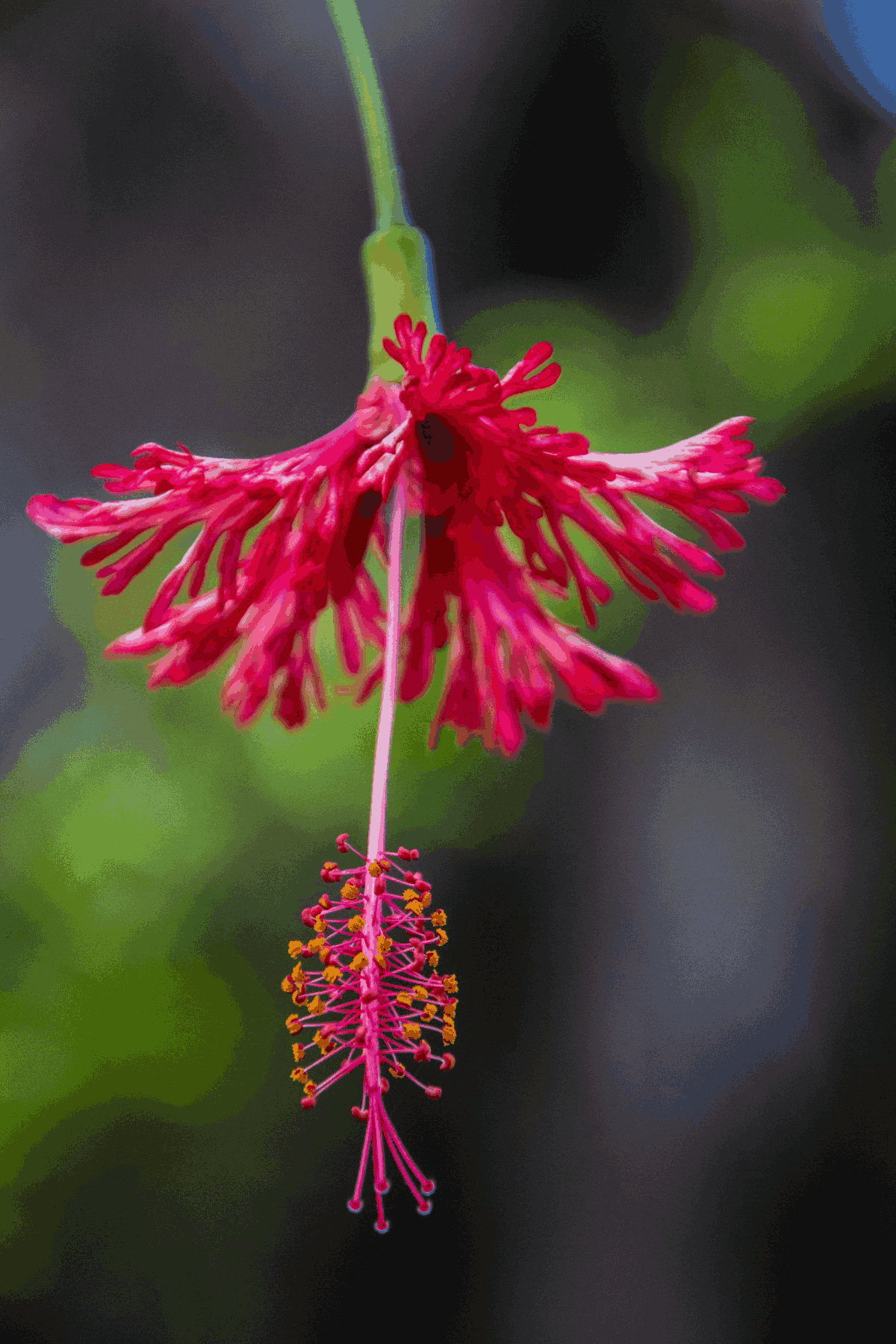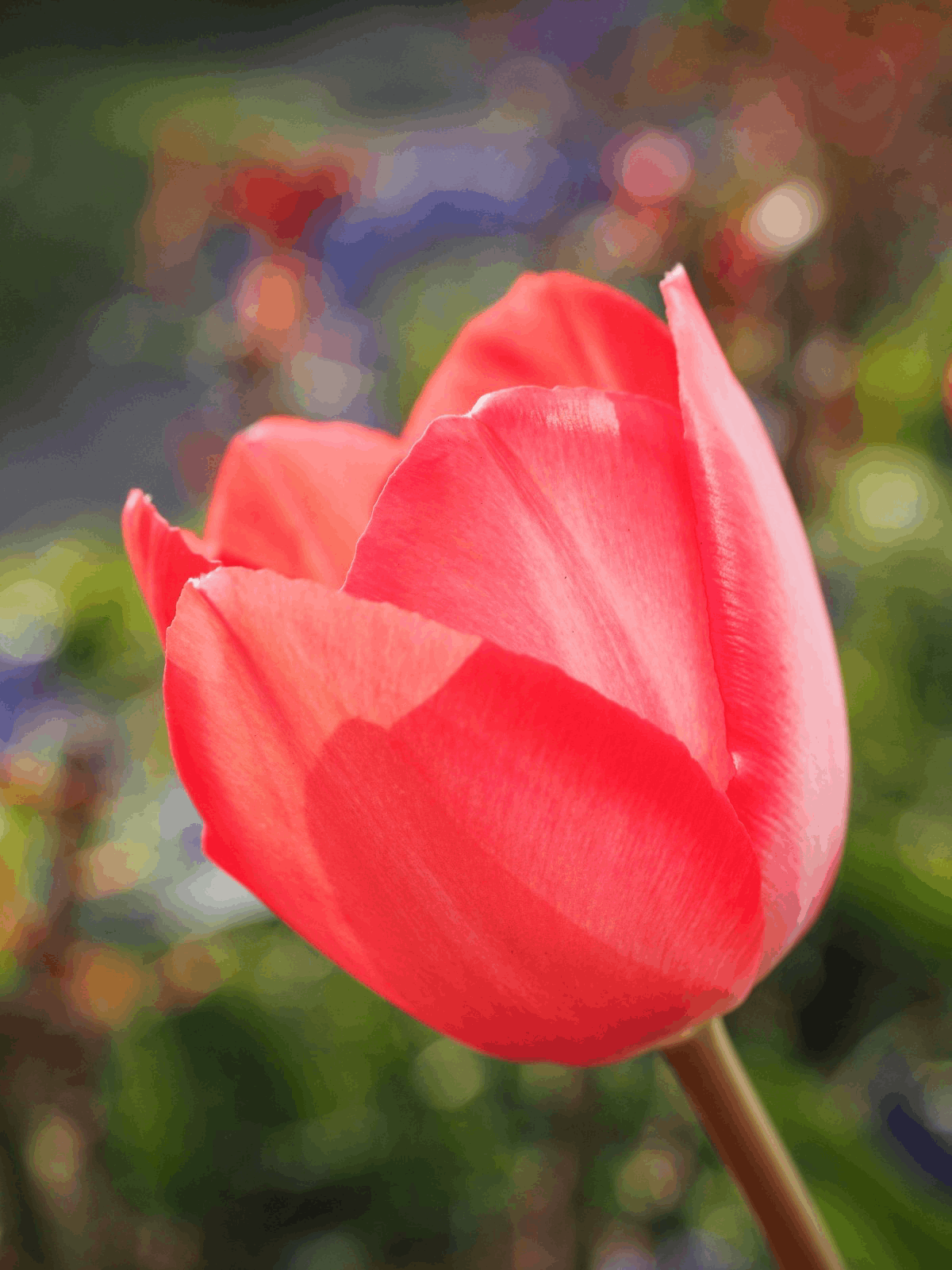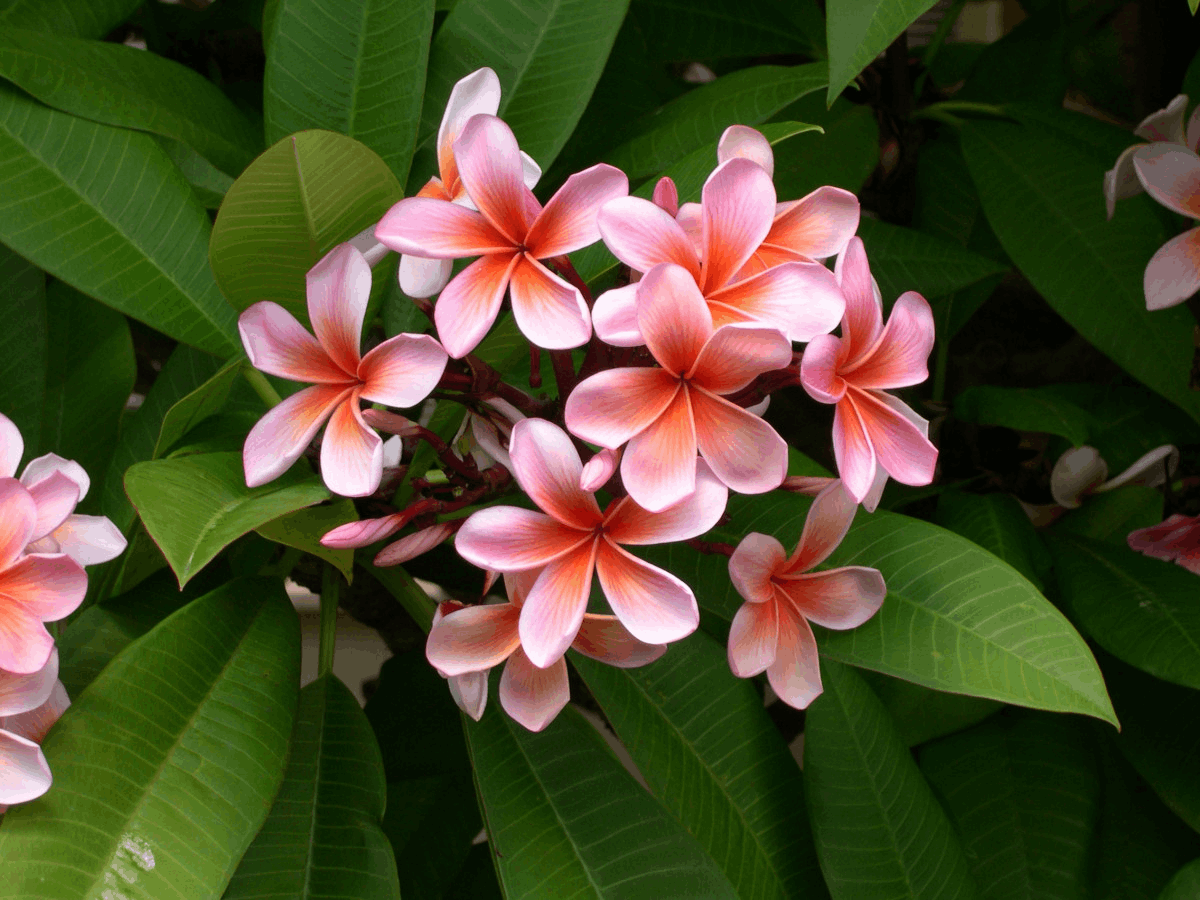GreenWandering
“Discover the world’s most unique leaves.”
Defining “Breeding Grade”: More Than Just a Pretty Leaf
First, let’s establish a clear definition. A “breeding grade” anthurium is not just a healthy, attractive plant. It is a specimen chosen for its superior genetic potential. This means it possesses a combination of highly desirable, stable traits that are likely to be passed on to its offspring. While a “collector grade” plant might be a stunning, one-of-a-kind specimen, its value is primarily aesthetic. A breeding grade plant’s value lies in its potential to create the next generation of show-stoppers. This distinction is paramount in the world of serious horticulture, a field meticulously cataloged by institutions like the Missouri Botanical Garden.
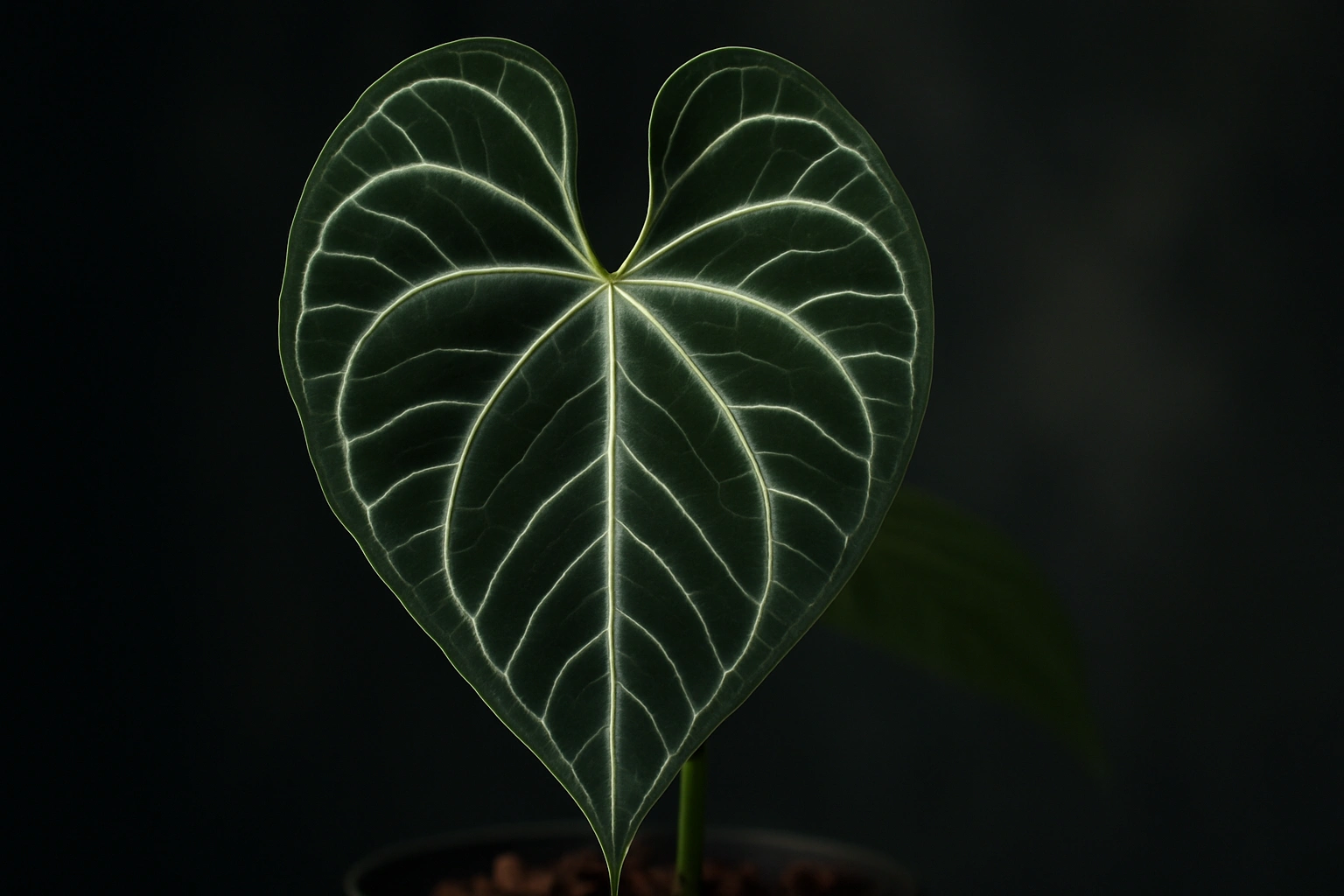
The Breeder’s Eye: Critical Phenotype Selection
Phenotype refers to the observable characteristics of a plant—what it actually looks like. A breeder dissects these traits with forensic precision. Here are the key areas of focus:
Leaf Shape, Sinus, and Lobes
The overall silhouette of the leaf is a primary consideration. Is the shape consistent and symmetrical? For cordate (heart-shaped) species, the sinus (the gap between the top lobes) is a major focal point. A deep, open, and cleanly formed sinus is often highly prized. Similarly, the shape and orientation of the posterior lobes—whether they are rounded, pointed, overlapping, or “pushed”—are defining characteristics that breeders aim to refine.
Venation, Color, and Texture
Venation is where much of the “magic” happens. Breeders look for clarity, thickness, and color. Bright, silvery veins that contrast sharply with a dark leaf lamina are a hallmark of many sought-after hybrids. The color of new, emergent leaves is another critical trait, with breeders selecting for deep reds, purples, or oranges that “harden off” to a desired final color. Finally, texture—whether it’s velvety, glossy, bullate (bubbly), or smooth—is a key element of the plant’s tactile and visual appeal.
Growth Habit and Vigor
A stunning leaf on a weak, leggy plant has limited breeding value. A top-tier specimen must exhibit excellent vigor. This includes a robust root system, the ability to produce consistently larger leaves, and a desirable growth habit. For many growers, a compact form with short internodal spacing is ideal, as it creates a fuller, more manageable plant. The ability to thrive without constant coddling is a sign of strong genetics.
Provenance: The Single Most Important Factor for Value
If phenotype is what you see, **provenance** is the story of how it came to be—and for serious collectors, it’s everything. Provenance refers to a plant’s origin and documented lineage. An anthurium with no known parents is often called a “NOID” (No Identification), and while it may be beautiful, its **collector value** and breeding potential are severely limited.
Knowing the parent plants (e.g., *A. warocqueanum x A. waterburyanum*) allows a breeder to make educated predictions about the potential offspring. It provides a genetic roadmap. A plant from a famous hybridizer (like the late Dr. Jeff Block) or a reputable nursery carries a legacy of careful selection, instantly elevating its status and price. This documented history is the difference between a pretty plant and a sound genetic investment.
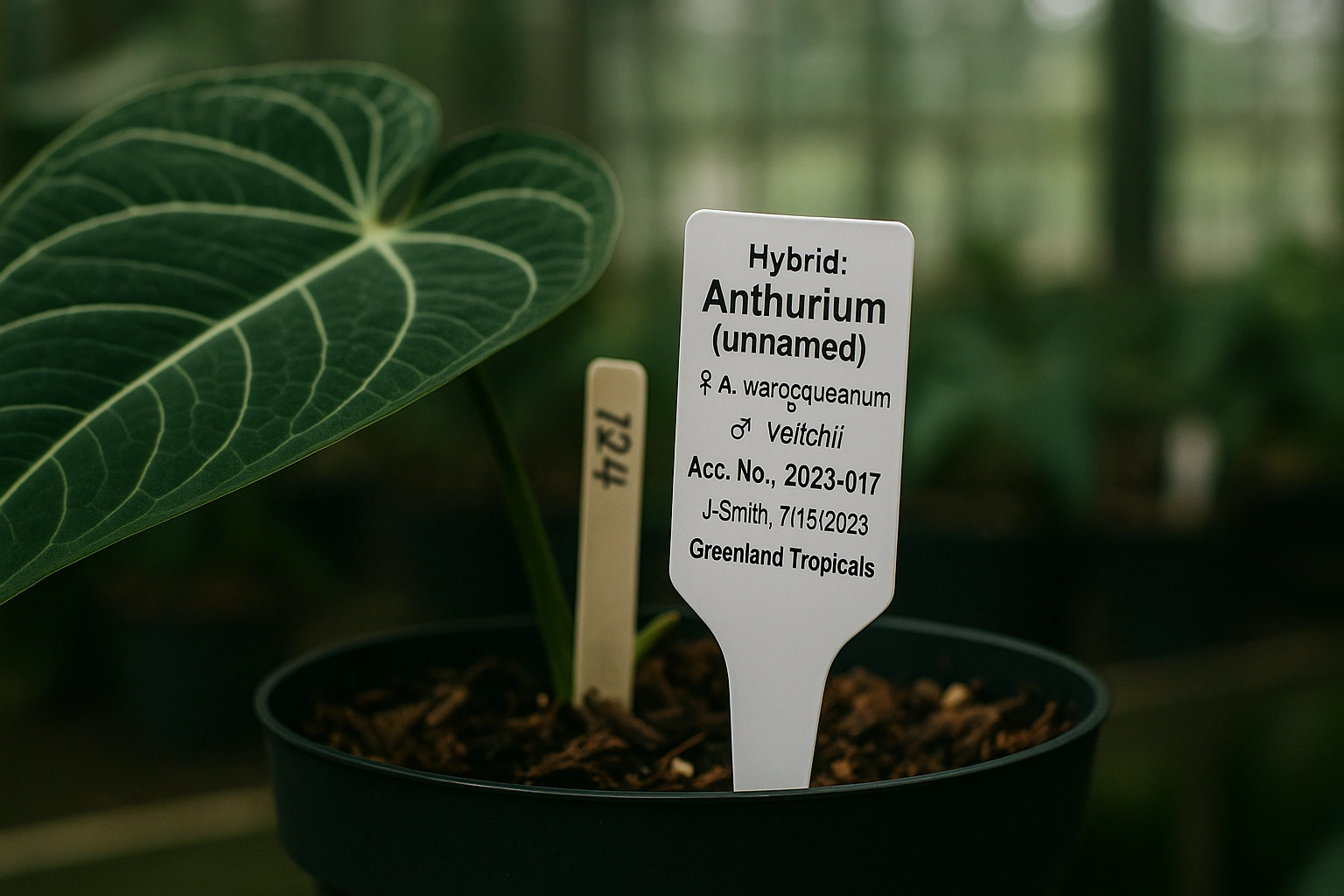
A Buyer’s Checklist for Breeding-Grade Stock
When you’re ready to invest, go in with a clear checklist:
- Ask for the Cross: Always ask for the full parentage. A reputable seller will provide it readily. Be specific: “Is this the dark or green form of the parent?”
- Request Parent Photos: Seeing the parent plants gives you the best indication of the genetic potential locked inside your seedling or juvenile plant.
- Inquire About Stability: Ask if the desirable traits (e.g., dark color, emergent red) have been stable in the parent plants and their other offspring.
- Assess Overall Health: Look for signs of vigor. A healthy, active root system is more important than a single perfect leaf. Check for a steady progression in leaf size.
- Verify the Source: Purchase from well-known hybridizers or trusted vendors within the community. Their reputation is built on the quality and legitimacy of their plants.
Protecting Your Investment: Shipping and Acclimation
Once you’ve acquired a valuable plant, getting it home safely is the next challenge. The high stakes of transporting investment-grade plants require flawless execution. The principles outlined in our detailed guide on shipping anthuriums are more critical than ever. Every leaf must be meticulously protected, and temperature control must be non-negotiable. Upon arrival, a slow and careful acclimation process in a high-humidity environment, isolated from other plants, is essential to preserve the health and vigor you paid for.
Comparison: Pet vs. Collector vs. Breeding Grade
| Grade | Key Feature | Provenance | Breeding Potential |
|---|---|---|---|
| Pet Grade | Generally healthy, common species (e.g., A. andraeanum). | Usually unknown; mass-produced. | Low / unpredictable. |
| Collector Grade | Visually stunning, may be a one-off unique plant. | Often unknown or a complex, unproven hybrid. | Uncertain; valued for its own beauty. |
| Breeding Grade | Exceptional, stable, and desirable traits. Strong vigor. | Known and verifiable; from a reputable source. | High; selected specifically for this purpose. |
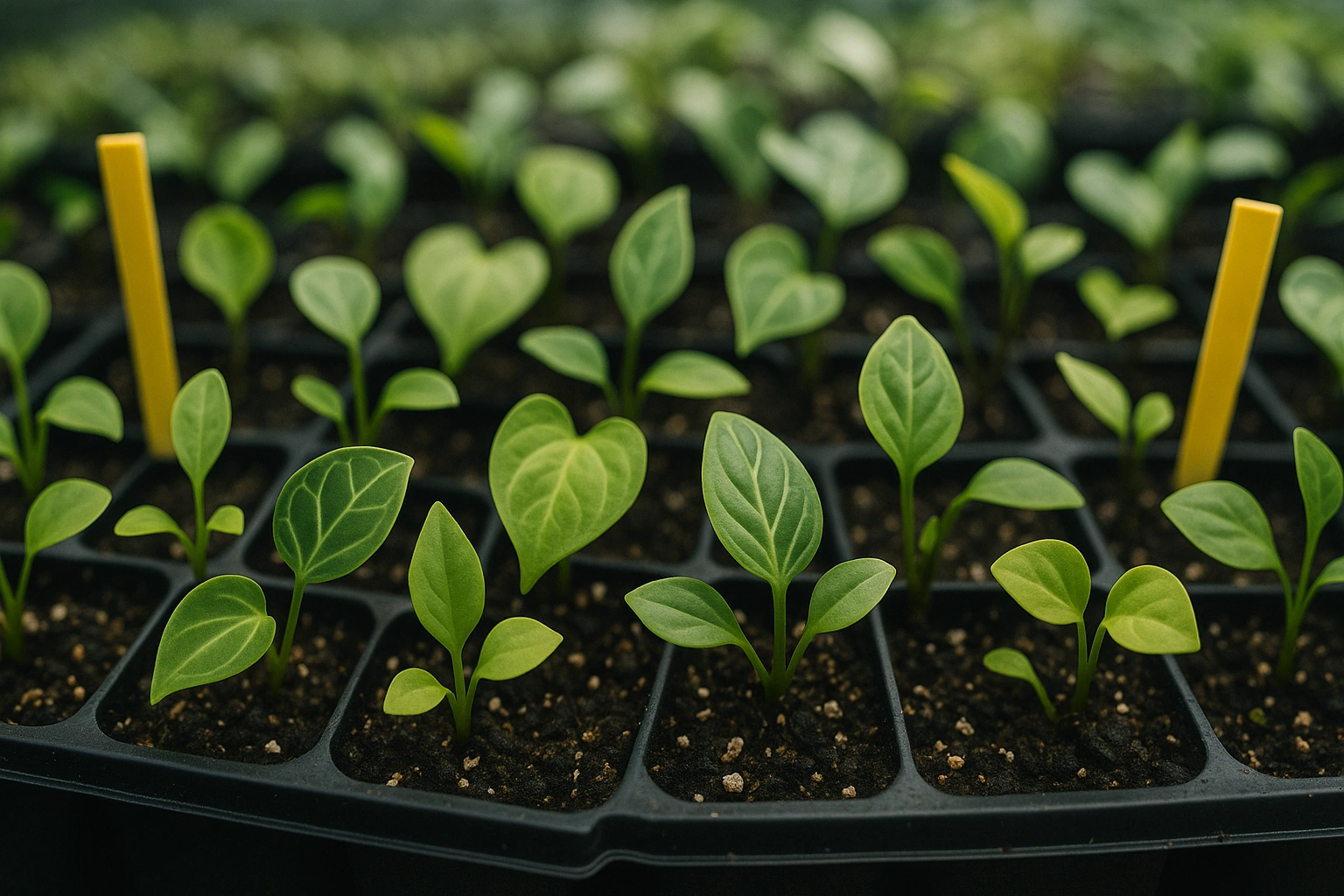
Frequently Asked Questions (FAQ)
What does F1, F2, or BC1 mean in anthurium breeding?
These terms describe generations. F1 (First Filial) is the direct offspring of two different parent plants. An F2 is the result of self-pollinating an F1 or crossing two siblings from the same F1 batch. BC1 (First Backcross) means an F1 was crossed back to one of its original parents to reinforce a specific trait. Understanding these terms is vital, as noted by horticultural resources like the Royal Horticultural Society (RHS).
How much does provenance really affect the price of an anthurium?
Provenance has a massive impact on price and collector value. A plant with a documented lineage from a renowned hybridizer (e.g., a Doc Block hybrid) can be worth several times more than a visually similar plant with no known origin (‘NOID’). This is because its genetic potential is a known, verifiable quantity.
Can any pretty anthurium be used for breeding?
While you can technically get pollen from most mature anthuriums, not all are ‘breeding grade.’ A plant might be a genetic dead-end, meaning its beautiful traits don’t pass on to its offspring. True breeding-grade anthuriums have a history of producing desirable, stable traits in their progeny.
What is more important: phenotype or genotype?
For a breeder, genotype (the genetic makeup and provenance) is ultimately more important. A plant with a stellar genotype but a slightly imperfect phenotype is often a better investment than a perfect-looking plant with unknown genetics. The genotype is the blueprint for future potential.
How do I verify the provenance of a plant I’m buying?
Buy from reputable sellers and hybridizers who are transparent about their breeding programs. Ask for photos of the parent plants and the original tag. Be wary of deals that seem too good to be true, especially for highly sought-after crosses. The anthurium community values trust and transparency.
Conclusion: Investing in Genetic Legacy
